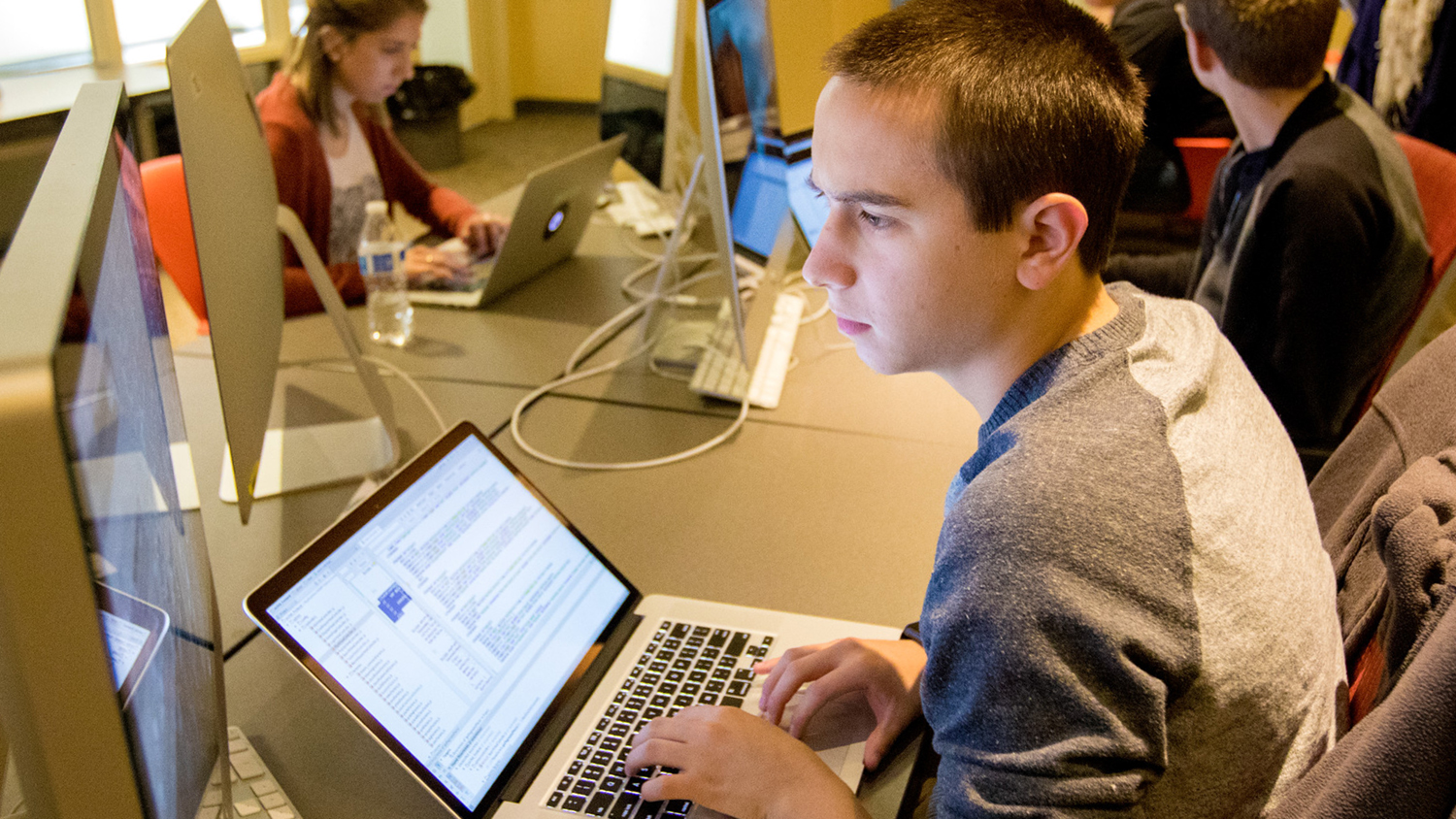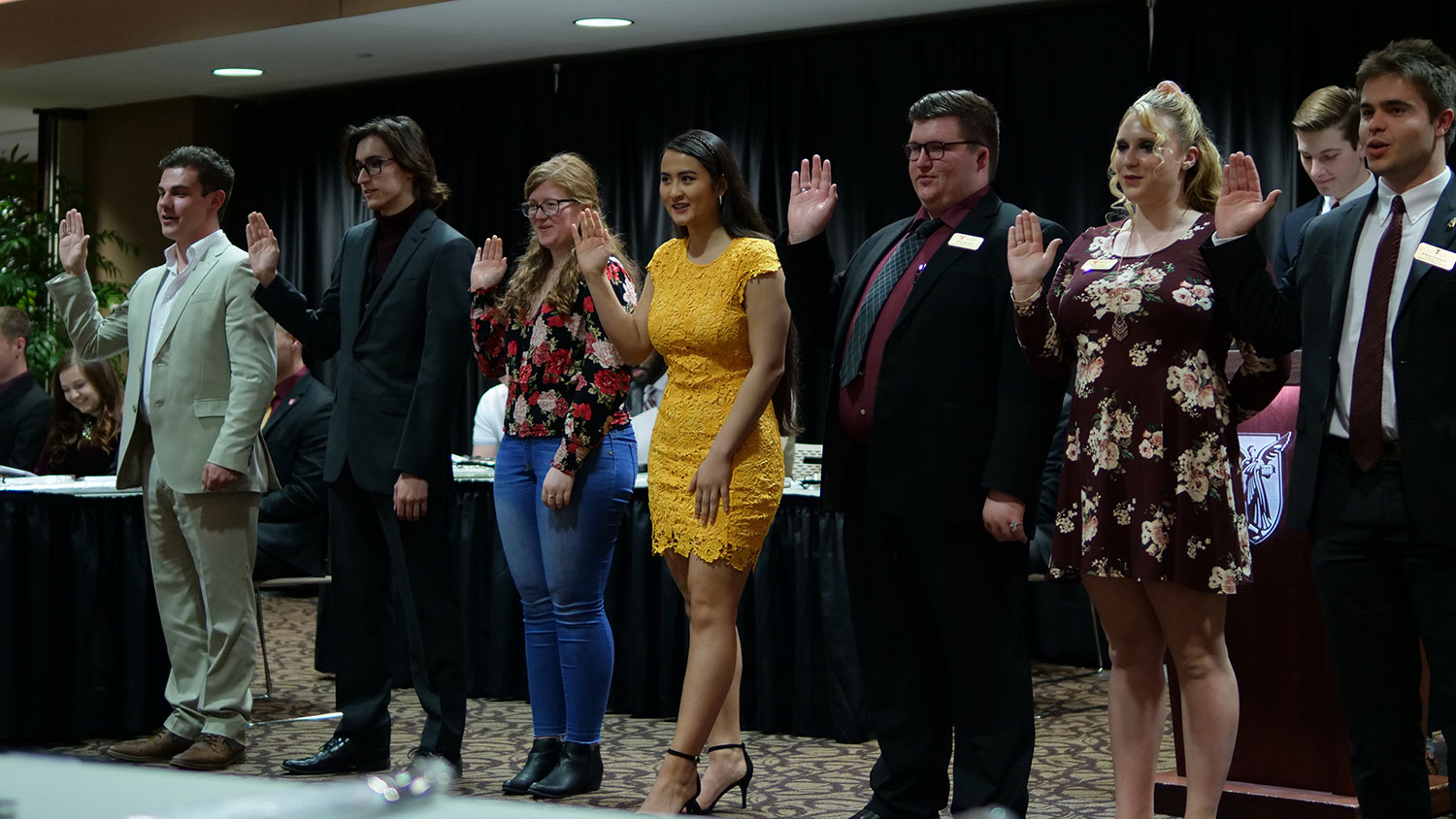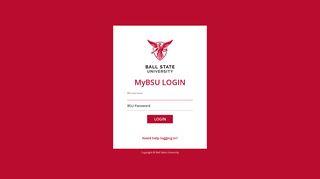
Subseries 15.2: Lectures and discussions on tape, 1962-1998 Subseries 10.1: Lecture notes and teaching materials, 1970-2000
#BALL STATE UNIVERSITY MY BSU PROFESSIONAL#
Series 9: Professional organizations and service, 1976-2007 Series 8: Steinbeck Society of America records, 1967-1988 Series 7: Steinbeck Quarterly subscriber files, undated Series 6: Professional and administrative files, 1954-2014 Subseries 5.2: Japanese language articles, 1957-2006 Subseries 5.1: English language articles, 1919-2012 Subseries 3.2: Ball State University affiliated publications, 1976-2006 Subseries 3.1: Hayashi personal publications, 1957-circa 2000 Subseries 2.4: Steinbeck Quarterly issue manuscripts, 1968-1991 Subseries 2.3: Steinbeck Quarterly manuscript submissions, 1970-1994 Subseries 2.2: Steinbeck Monograph Series manuscripts, 1971-1981 Subseries 2.1: Hayashi personal manuscripts, 1973-1999 Subseries 1.2: Special correspondence with Elaine Steinbeck, Elizabeth Otis, and others, 1968-2004 Subseries 1.1: General correspondence, 1968-2009 ExtentĪrranged in the following series and subseries: His “self-willed, happy, temporary ‘exodus’” continued in April 1996 as a Graduate Professor and Vice President at Yasuda Women’s University in Hiroshima City until 2001. Hayashi followed his retirement from Ball State by accepting a teaching position at Kwassui Women’s College in Nagasaki, Japan in the fall of 1993. Although Steinbeck was the central subject of his research and teaching, he also taught and wrote about Shakespeare, Robert Greene, Hemingway, and other figures of British and American literature. In addition to these activities, Hayashi produced books, articles and monographs at a highly prolific rate, and maintained a strong reputation as a lecturer and an advisor to students. Hayashi’s leadership in Steinbeck studies also contributed to the 1970 establishment of the Steinbeck Collection in Archives and Special Collections at the Ball State University Libraries.

Hayashi developed several other projects under the Steinbeck Society umbrella as well, including the Steinbeck Monograph Series (lasting from 1971 to 1991) and the Steinbeck Essay Series (1986-1991). As the founder, director and eventual president of the Steinbeck Society of America, he developed the Steinbeck Quarterly into a commercial publication that eventually reached 44 countries. During his career at Ball State (which lasted until his retirement in 1993) Hayashi became recognized as one of the world’s leading educators on the work of Steinbeck. In 2002, Hayashi received the Distinguished English Alumnus Award from Kent State University's graduate program in English.

By the time Hayashi accepted a teaching position at Ball State University in 1968, the basis for his professional caeer had been built. In addition to these endeavors, he completed a dissertation on English novelist/playwright Robert Greene that later provided the foundation for three books and numerous academic articles. Along with Beyer and other Steinbeck scholars, Hayashi founded the Steinbeck Newsletter (renamed Steinbeck Quarterly in 1969) in 1968 and personally financed its production during the first year. A year later, the organization was renamed the Steinbeck Society of America. While at Kent State, he founded the Steinbeck Bibliographical Society with friend and fellow Steinbeck scholar Preston Beyer in 1966. The following year, Hayashi pursued his academic interests in Steinbeck, Shakespeare, and Elizabethan Drama through the doctoral program at Kent State. After completing his library science degree at Kent State, Hayashi married Akiko Sakuratani in April 1960, and their son Richard was born in 1962. Despite his other academic pursuits, including a master’s degree in library science from Kent State University and a later interest in Shakespeare and Robert Greene, Hayashi’s fascination with Steinbeck literature never waned. It was in Florida that Hayashi first developed an interest in John Steinbeck and his literature. Besides, I think I’m teaching with missionary zeal, so I don’t feel I’ve disappointed my father.” This “missionary zeal” was sparked during his graduate studies in American literature at the University of Florida. As Hayashi commented in a 1984 interview, “I just became a teacher instead of a preacher. This resulted in his excommunication from his priestly family by not succeeding his father as the chief priest of the Seichoji Temple.

But after graduating from Okayama University in Japan and coming to the United States for graduate school, he chose to become a college professor. From childhood, Hayashi was expected to become a priest of the Jodo Shinshu Sect temple, which would have continued a family tradition of priesthood that stood at twenty generations. Tetsumaro Hayashi was born in Sakaide City, Japan on March 22, 1929.


 0 kommentar(er)
0 kommentar(er)
